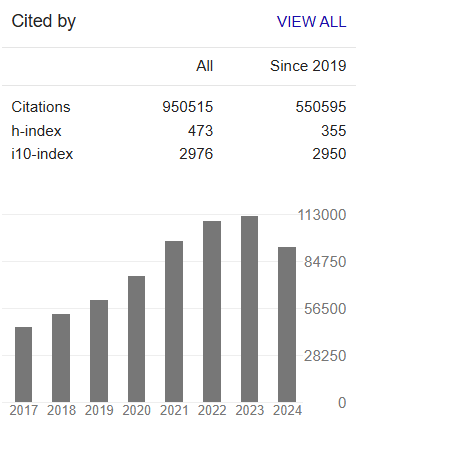Use of the standardized precipitation and evapotranspiration index (SPEI) from 1961 to 2019 to characterize the drought trend in northern Senegal: Study of the spatiotemporal dynamics in the Ferlo watershed
Abstract
Sidy Dièye, Cheikh Faye, Ababacar Fall, Pierre Corneille Sambou
The study and analysis of the dynamics of the earth's climate is one of the scientific themes that has developed mostly at the recent years. This mobilized several scientists to study, describe or characterize the climate through several methods. These methods derived from climate science have given convincing results of high scientific significance, and above all through the appreciable quality of the indicators provided. In this context, and in order to appreciate this drought trend, we are using in the framework of this study of the Standardized Index of Precipitation and Evapotranspiration (SPEI) during the period 1961-2019. Indeed, the frequency and recurrence of drought are harmful events for the traditional production system in the Sahel region. Thus, the objective of this study is to identify the multiscale distribution of droughts. The results obtained define different types of droughts as well as their prevalence. These generally indicate the prevalence of slightly wet and slightly dry traits and are followed by moderately dry and moderately wet indices over all the stations studied. However, it should be noted a periodic occurrence of more or less long droughts which resulted in the preponderance of meteorological and agricultural droughts with occurrences mainly located in the periods 1974-1989 at Linguère station (1974-1989 and 1993- 2009), in Louga, between 1962-1973 and 1974-1982 in Podor, and, at the end between 1961-1970, 1974-1985 and 1993-2000 in Matam. In addition, the drought sequences are manifested earlier at the level of the stations of Matam and Podor. On other hand, at Linguère and Podor stations, the extreme drought indices were higher for all time scales chosen (SPI_1months, SPI_3 months and SPI_12 months).



